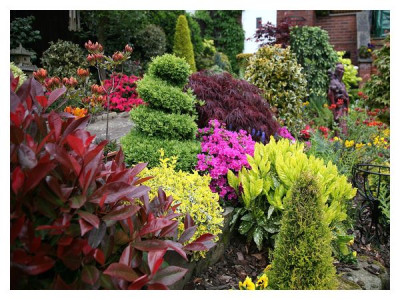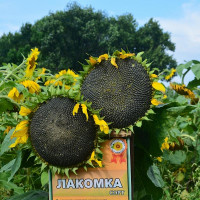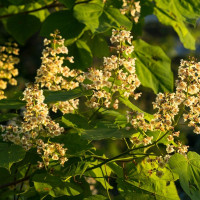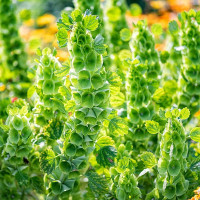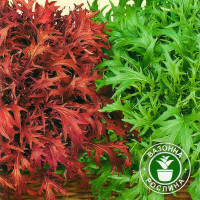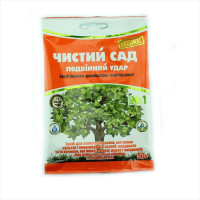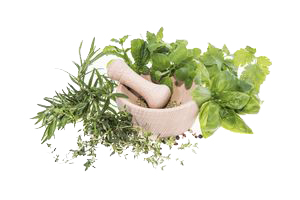Colutea arborescens or bladder-senna / Colutea arborescens
A beautifully flowering deciduous shrub with graceful foliage and extremely decorative fruits. For single and group plantings on the lawn and edges, hedges, green screens, decorating buildings, walls, fences.
Deciduous shrub, rarely small trees, branches usually erect or spreading, sometimes prickly. Leaves are alternate, pinnate, leaflets of 5-19 pieces, oblong-elliptic or obovate to rounded, with a rounded, truncated or shortly pointed, often slightly notched apex, entire, short-petiolate.
The flowers are yellow, orange or brownish-red, on thin single-flowered pedicels, collected 3-8 in axillary racemes on relatively long peduncles. Corolla moth, medium size. The flag is almost rounded, obtuse or slightly notched, erect, the wings are oblong, crescent-shaped or bent at a right angle, the keel is wide, with 2 ears at the base, elongated at the apex, almost forming a spout. The calyx is wide, tubular or bell-shaped, shortly appressed-pilose, five-toothed. There are 10 stamens, one of them is free, the rest are fused into a tube.
The fruits are very ornamental pods 3-8 cm long and 2-3 cm wide, when ripe blister-swollen, membranous, pale green with a reddish tint or reddish to brown, more or less pubescent or naked and shiny, translucent, somewhat reminiscent of a fish bladder , which is reflected in the Russian name of the genus. It blooms not too abundantly, but very long, often for 2-3 months, almost until frost.
Very photophilous, should be grown only in open, sunny areas with a southern exposure. Drought tolerant. It does not tolerate prolonged waterlogging and especially stagnant water on heavy, clay soils. Good drainage is a must. It is not picky about soil fertility; moreover, it prefers poor, well-drained, sandy, loose loams.

No questions about this product, be the first and ask your question.










